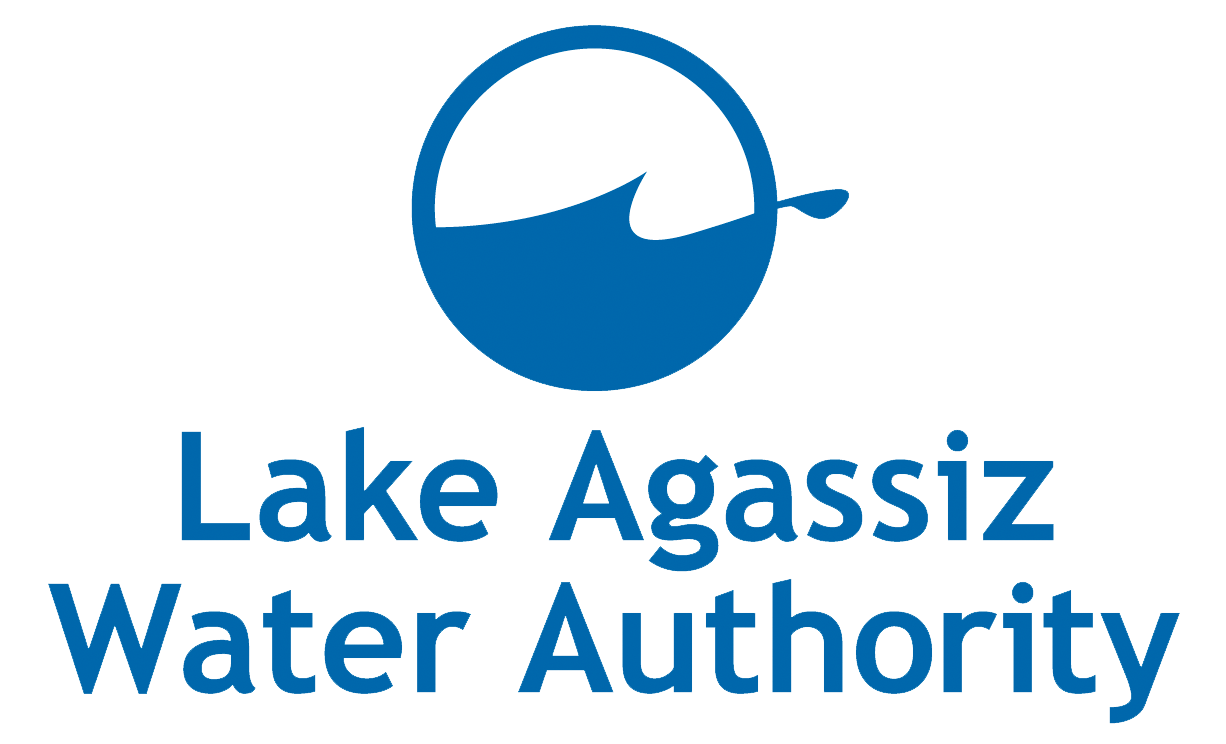By April Baumgarten on Oct 12, 2016
One of North Dakota’s largest water projects has enough cities to move forward, a major step in piping water from the Missouri River to the Red River Valley.
The Garrison Diversion Conservancy District announced Wednesday it has gathered 27 users for the Red River Valley Water Supply Project, including Fargo, Grand Forks, East Grand Forks, Grafton, Hillsboro, Mayville and the Northeast Regional Water District. The users, which all signed up this year, show a good response to the proposal, Garrison Diversion Board Chairman Ken Vein said in a news release.
“It’s really critical that we get to work now to protect our communities’ and rural water districts’ water supplies, economies and future development from drought conditions,” he said.
The pipeline would pull water from the Missouri River near Washburn in central North Dakota—running along N.D. Highway 200—and ship it about 160 miles east for use in the Red River. It’s expected the pipeline would go to the Sheyenne River or Bald Hill Creek, which empties into Lake Ashtabula, a reservoir north of Valley City, N.D.
The project, which could cost more than $1 billion, would be the state’s largest and most expensive water project in history, Garrison Diversion General Manager Duane DeKrey told the Herald Wednesday. It’s expected to serve 50 percent of the state’s population.
The pipeline has been 16 years in the making with the Dakota Water Resources Act authorizing the project in an effort to protect the water supply in eastern and central North Dakota. Climatologists are expecting a 1930s-style drought by 2050, which could decimate the state’s economy, with engineers estimating the economic impact at $2 billion a year. That type of drought would diminish water sources such as Devils Lake and the Red River, he added.
“They are unreliable water sources, and they also have real water quality problems as well,” he said.
If funded, the Red River Valley Water Supply Project would serve residents through 2075.
“A project this large and this expensive is an intergenerational project,” he said.
With the final design expected to be finished by the end of 2017, the next step is to gain funding through the North Dakota Legislature. Construction could begin as early as 2019.
The project will be discussed during the session next year, Sen. Ray Holmberg, R-Grand Forks, said. The Legislature has allocated funds for the project in the past, including $12.3 million last session for planning and design.
Though lawmakers previously approved legislation stating their intent to fund the project at $150 million per biennium over the next eight years—that would be $600 million total—it’s unclear if that’ll happen. Vein told Forum News Service in September he realizes funding is no longer realistic, especially in the face of low oil and commodity prices that have resulted in falling tax revenues and budget cuts.
There are a lot of moving parts with the resources North Dakota can contribute to the project, Holmberg said. Still, he appeared optimistic about the state supporting and contributing to the pipeline. He referred to the Southwest Water Project, which first was approved by legislators in the 1980s despite a troubled budget after an oil bust.
“I always remind people that the Legislature has a pretty good record of, even in tough times, being willing to take risks,” he said, adding legislators tend to give money to projects when there is a critical need. “Even in those tough times when there was little money, the Legislature did invest in something new.”
The Red River Valley Water Supply Project will be critical for dealing with drought years, which will come, Holmberg said.
Though the Garrison Diversion has held more than 100 meetings with prospective users, its work is far from over. Officials must continue preliminary engineering work and meetings with local landowners because easements are a necessity.
Still, the project has progressed and is on track, DeKrey said.
“With adequate funding, we will continue to keep it on track,” he said.
